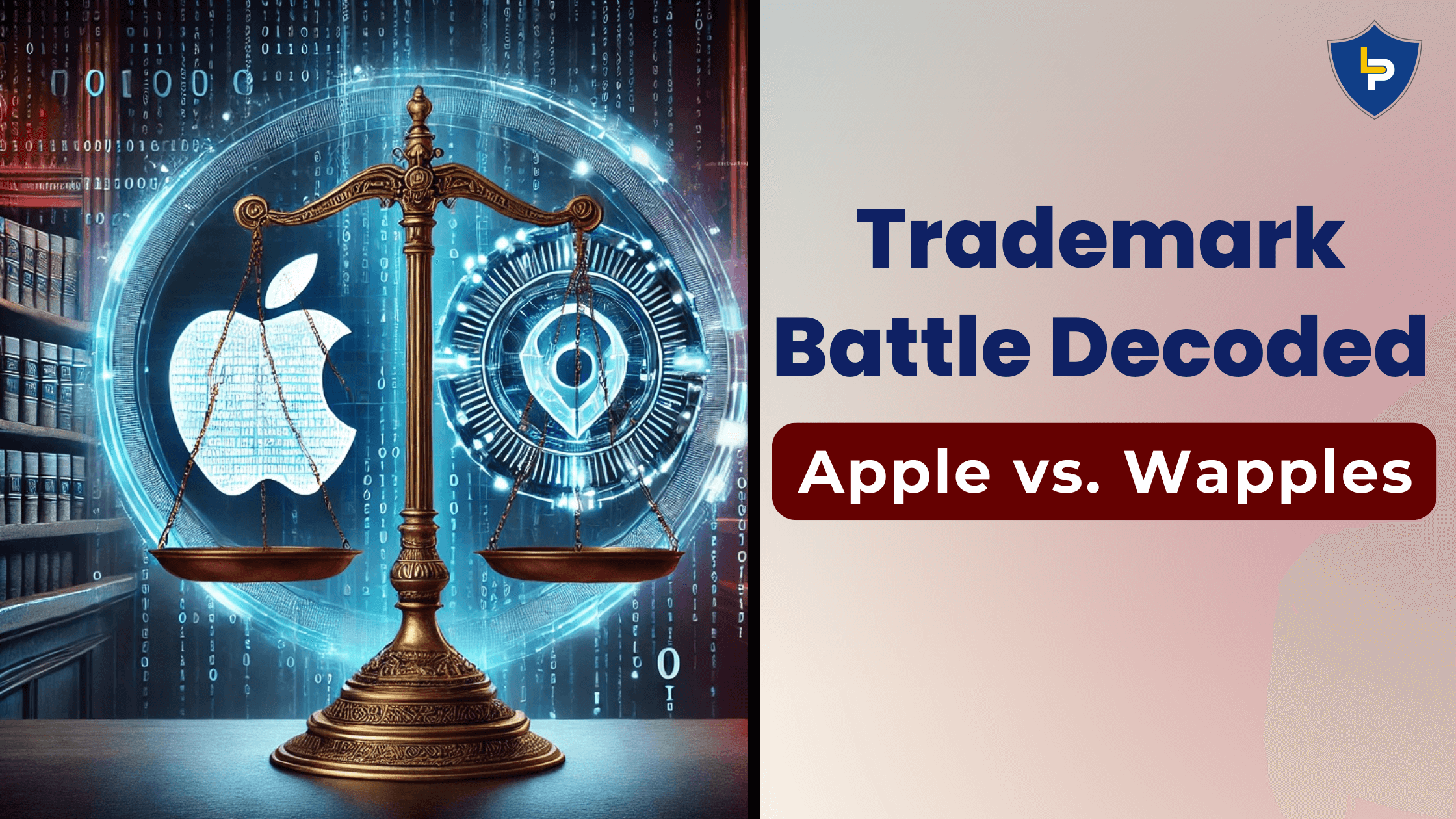Comparative advertising in India – Historical background
Comparative advertising is a marketing strategy in which a company wants to show that its product or services is better than the competitors. However, the comparative advertising is not only used to promote a product or services, it has now become a common practice in political advertising as well. An example of comparative advertising is the side by side comparison of features between two or more products in the print media. However, the competitive advertising is very much controversial in nature. The advertising companies and manufacturers were not very much interested on comparative advertising before 1970. According to them, there might have a risk of negative impact of advertising. Such type of advertising may invite unwanted legal challenges from the competitors and the competitors may gather public sympathy as victims by counter advertising.

However, from the beginning of the 1971, many countries began to encourage the comparative advertising mentioning that comparative advertising is an important tool for providing the distinctive information about various attributes of same product of different brands. The government of many countries began to formulate and enact the legislation to protect the manufacturers from disparagement that came from the competitors. The new laws encouraged the companies to publish comparative advertising. However, still now, the amount of comparative advertising is small.
Like all other countries, Government of India also took some measures to encourage the comparative advertising. The most important step was the amendment of “The Monopolies and Restrictive Trade Practices”

(MRTP) Act, 1969″. In 1984, the Union Government introduced a new chapter on unfair trade practices. In the original act of 1969, there was no specific provision for restricting many categories of unfair trade practices, like misleading and unscrupulous advertising. The 1984 amendment clearly mentioned that any representation which ‘gives false or misleading facts disparaging the goods, services or trade of another person’ to be an unfair trade practice. In some advertisements, competitive products are mentioned as ordinary products without mentioning the names of any specific product. The amendment mentioned that “other ordinary products” term in advertisements will be treated as all the rival products excluding the advertised one in the court of law.
The amendment also clarified another complex issue. When the disparaging occurred on the basis of false technical facts, a detailed scientific and technical analysis is required to establish the fact. In 1984, our legal system was not so equipped to dispose the technical and scientific matters within a short period. The process was lengthy and it took a long time to settle the dispute. In that case, the plaintiff could appeal for an injunction on publishing the advertising. The court generally granted the interim injunction. However, the advertising already did the damage of the competitive product. In that case, the amendment made a provision of compensation for the loss or damage. The law also set the guidelines of computing the amount of loss or damage.
After the amendment, many cases were filed in the various courts of India. Some of important cases are Regaul vs Ujala, Colgate vs Vicco, Saffola vs Fortune rice band oil and Rin vs Tide. The historic judgments in these cases attracted the legal professionals across the world.
For more information, please contact Lex Protector.

